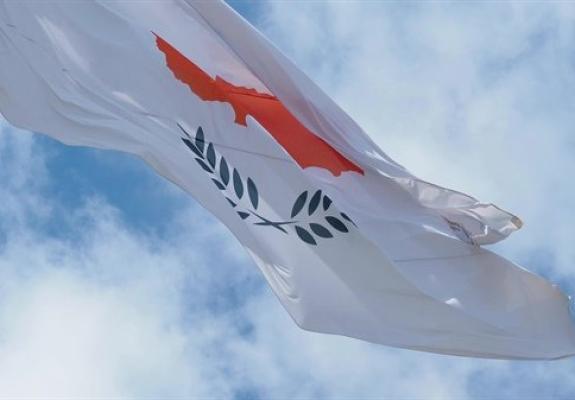Cyprus Electricity Authority Greenlit for Renewable Energy Projects to Cut Production Costs
RAEK’s Decision Aligns With the Objectives Set by the Republic
The Cyprus Regulatory Authority for Energy has officially given the go-ahead to the Cyprus Electricity Authority to develop its renewable energy projects. These initiatives are part of the authority's efforts to reduce electricity production costs.
However, there are constraints. The regulatory decision made on 10th October outlines that AΗΚ will have an annual cap on the accumulated power it can operate. Although this limit will increase yearly, it will not surpass 600 megawatts (MW) by 2032. The yearly operational power limits are as follows:
-
2023: up to 30 MW
-
2024: up to 50 MW
-
2025: up to 100 MW
-
2026: up to 150 MW
-
2027: up to 200 MW
-
2028: up to 280 MW
-
2029: up to 360 MW
-
2030: up to 440 MW
-
2031: up to 520 MW
-
2032: up to 600 MW
In essence, RAEK's decision aligns with the objectives set by the Republic of Cyprus. These objectives stem from the impending competitive electricity market model, which, albeit delayed, will soon be implemented. Furthermore, these goals are in line with European legislation regarding the green transition.
In other words, RAEK is allowing private renewable energy stakeholders to boost their production and operations in anticipation of competition. As noted, the AΗΚ Production currently holds a dominant power position. According to the targeted model, consumers can expect a reduction in electricity prices through an increase in supply.
On the flip side, this decision offers AΗΚ an opportunity, albeit not as swiftly as its industry peers might have hoped, to delve into renewable energy sources and lower prices for end-users. Presently, the operational power in their photovoltaic parks (located in Tseriou and Akrotiri) stands at 15 MW. It's worth noting that while the authority possesses a license for an additional 120 MW of power projects, there hasn't been any progress in that direction.






